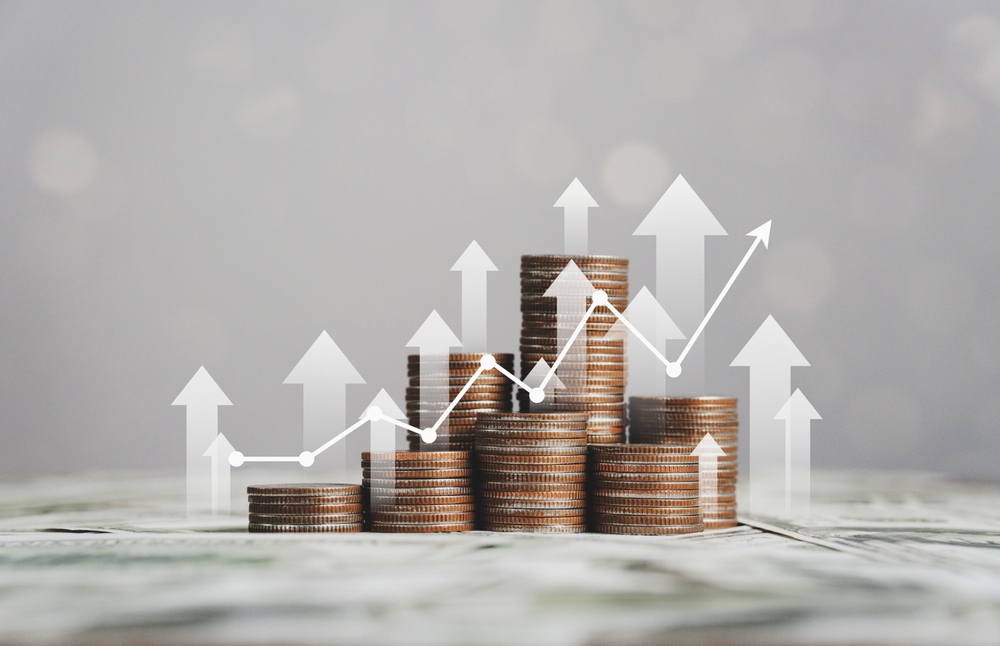Fear about running out of money is a common source of anxiety for Americans. According to the American Psychological Association, almost three-quarters of adults reported experiencing stress about money some of the time and more than 25% reported feeling stressed most or all of the time.
This anxiety may be well-founded.
According to the United States Census Bureau, in 2017 about 50% of women ages 55 to 66 had no personal retirement savings, compared to 47% of men. Another survey found that 40% of investors said it “would take a miracle” to retire securely.
Determining how much you need for a secure retirement depends on a number of factors.
Factors Impacting Your Retirement Needs
Common factors impacting your retirement income requirements include investment risk, inflation risk, health concerns and taxes.
- Investment risk
Investment risk refers to the risk of fluctuations in the stock and bond market that may impact your retirement savings.
With good planning, you can minimize investment risk by diversifying your portfolio, so your assets aren’t concentrated in a small number of stocks or sectors.
You can also ensure your exposure to the stock market is appropriate for your needs and risk tolerance by dividing your investments between stocks, bonds and cash, depending on your life expectancy and your need to access your funds.
Another way to mitigate investment risk is to rebalance your portfolio periodically to ensure that you’re not taking too much or too little risk. Rebalancing is necessary because market fluctuations may alter the ratio of your holdings between stocks and bonds, resulting in your portfolio moving out of alignment with the level of risk appropriate for you.
- Inflation risk
Inflation risk refers to the reduction in purchasing power when the returns on your investments don’t keep up with inflation.
In 2021, the cost of living measured by the Consumer Price Index rose by 7%. This increase was substantially higher than the historical rate of inflation of 3.8% in the US.

If you are holding fixed income bonds, when inflation rises, the income you are receiving may not keep up with inflation.
Stocks have a better track record of keeping up with inflation because a company’s profits should increase sufficiently to keep pace with inflation. If this happens, the price of the underlying stock should also increase.
Another possible hedge against inflationary risk are assets such as commodities and real estate. Both have a good historical track record of keeping up with inflation.
If you are concerned about the risk of outsized inflation, you might want to consider purchasing Treasury inflation-protected securities. These bonds, which are backed by the full faith and credit of the U.S. government, provide the potential to earn a total return that reflects the impact of inflation. Before you invest in these bonds, you should educate yourself on the pros and cons of doing so.
- Health concerns
According to the Fidelity Retiree Health Care Cost Estimate, an average retired couple age 65 in 2022 may need approximately $315,000 saved (after tax) to cover health care expenses in retirement.
The actual amount you will need depends on many factors, including when you retire, where you live, your health, how long you live and whether you are using taxable or non-taxable accounts to fund your health care costs.
- Taxes
How much you will have to pay in taxes will have a major impact on your spendable income in retirement. Here are some typical tax issues you will confront.
- Social Security benefits
You may have to pay taxes on a portion of your Social Security benefits, depending on your overall retirement income and whether you file joint or separate tax returns.
- Pension income
While it was great to stash away pre-tax money in retirement accounts (like traditional IRAs and 401[k] plans), when you withdraw those funds, you will be required to pay tax at your marginal tax rate.
- Taxable accounts
If you earn interest in taxable accounts, you will be taxed on that income at your marginal tax rate. If you hold investments for more than a year and earn a profit by selling them, you will pay tax at the long-term capital gains rate (between 0% and 20% depending on your tax bracket).
If you sell investments you have held for less than a year, you’ll be taxed at the higher short-term capital gains rate, which is typically the same rate as your marginal tax rate.
How Much Should You Save for Retirement?

Calculating how much you should save for retirement is complex. It depends on when you start to save for retirement, the percentage of your income you will need to maintain your quality of life in retirement, your Social Security benefits and other factors.
According to Fidelity, you should aim to save at least 15% of your pre-tax income for retirement, which includes any employer match.
But here’s a critical assumption: it assumes you start saving for retirement at age 25 and continue to age 67. Only then can you be reasonably confident you will have enough money to maintain your quality of life in retirement.
Fidelity’s calculation also assumes you will receive Social Security benefits, so not all your retirement income will depend on your savings.
If you want to be confident you won’t run out of money in retirement, start saving with your first paycheck. Maximize your retirement plan benefits. Consider working longer. If you can, increase your savings from 15% to 20%. Seek the help of a tax-savvy registered investment advisor who recommends a globally diversified portfolio of low fee index funds, exchange-traded funds and passively managed funds in an appropriate asset allocation.
Taking these steps will go a long way toward alleviating your anxiety about running out of money in retirement.


